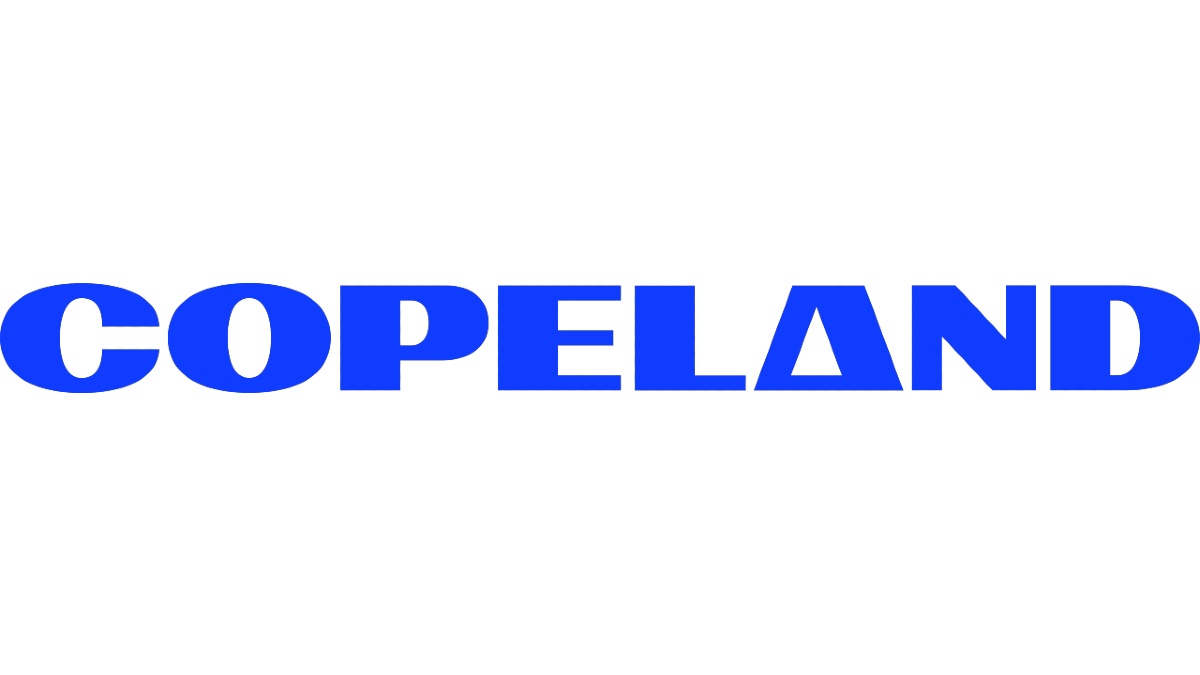
News
Carbon Monoxide: A Look at Side-Wall Power Venters
By David Richardson
Side-wall power venters are an excellent venting option for non-condensing, fuel-fired equipment. They are an alternative to consider when an existing flue is unfit to use or undersized. Often, as I discuss them in class, I find it is the first time some students have seen or heard of them.

This caused me to wonder how many technicians never encountered a side-wall power venter. With that in mind, let’s look at what a side-wall power venter is, how it works, and what can happen when it’s installed incorrectly.
Side-Wall Power Venter Fundamentals
A side-wall power venter is an external fan mounted in the venting system of gas or oil-fired appliances. It pulls flue gases from the equipment and vents them horizontally through a vent hood.
You should mount a power venter as close as possible to an exterior wall. Ideally, you shouldn’t have any pipe on the power venter outlet because it is under pressure and will leak flue gases from any unsealed connections.
You can also use them in retrofit options where vertical venting isn’t possible. Manufacturer’s size and design side-wall power venters based on appliance Btu input capacity. These power venters work on water heaters, furnaces, and boilers in both residential and commercial applications.
How They Work
A power venter energizes when a thermostat calls for equipment operation. Once the motor is on, the power venter control assures it is operating and allows the equipment to continue running. Once the thermostat call ends, the power venter continues to run on a post-purge timer to clear out residual flue gas. This feature helps reduce flue corrosion.
What if the power venter fails? The control board will stop equipment operation and then displays a fault code. Most power venter kits have a variety of safeties. They often use a fan-proving switch to disable the equipment in case of failure. Water heater installations may also have a capillary-type limit switch on the drafthood as an additional safety.
Drafthood Interference
Another issue to consider that isn’t as obvious as a bad venter motor is drafthood interference. Drafthood interference occurs when too much dilution air is pulled through the drafthood. Excessive air velocity through the drafthood creates a lot of turbulence that prevents flue gases from leaving the heat exchanger and causes them to spill from the burner compartment. Unfortunately, this issue bypasses any limits installed on a drafthood because there is no flue gas spillage there. Instead, it occurs in the burner compartment.
Some of the following conditions that could create drafthood interference include:
- Short flue lengths
- Oversized power venters
- Incorrectly adjusted power venter airflow damper.
With these conditions remember, air takes the path of least resistance. That’s what happens when you encounter this problem. However, you won’t know a drafthood interference issue exists unless you take some measurements. A visual inspection won’t reveal this problem.
How to Test for Drafthood Interference
You can’t test for drafthood interference unless you have a combustion analyzer to measure CO (carbon monoxide) readings in the undiluted flue gas. You also need a draft gauge to measure draft pressure. Make sure you have the training to use these test instruments and understand how to diagnose the readings. The following steps are an overview of more detailed tests that NCI-certified combustion analysts perform.
First, measure CO before the equipment drafthood during the entire run cycle. This may take between 10-15 minutes. Your CO measurements should be less than 100 ppm and remain stable as the equipment operates. However, if CO readings continue to rise, there’s a high potential that you are watching drafthood interference and the equipment is unsafe.
Next, check the draft pressure in the flue before the power venter. Take this reading 18 to 24 inches above the drafthood. If it measures higher than .02 in. w.c. (inches of water column) and the CO readings are rising, you probably have a drafthood interference issue. In this condition, there is too much dilution air pulling through the drafthood and not enough through the combustion chamber.
What to Check
If you find that you have a drafthood interference issue, there are some checks you will want to perform. First, make sure the equipment has the right power venter based on the equipment input rating and manufacturer specifications. If it is the correct size, see if the power venter has a draft adjustment control. If it is wide open, you may need to fine-tune it to match existing conditions.
If both items check out, you may need to install a double-acting barometric damper in place of the drafthood to control excessive draft through the venting system. This damper is usually installed between the power venter and equipment. Refer to the power venter manufacturer’s installation instructions for your specific application.
Next Steps
When you deal with fuel-fired equipment, you must always consider safety. Before you perform any repairs, refer to the manufacturer’s installation instructions. They give many more details beyond this brief introduction.
One of the key points I hope you take from this is an awareness of hidden issues. Testing helps to assure the venting system works as intended. It also allows you to head off any unintended issues before they become a problem.
About the Author
David Richardson serves the HVAC industry as a curriculum developer and trainer at the National Comfort Institute, Inc. (NCI). NCI specializes in training focused on improving, measuring, and verifying HVAC and Building Performance.
If you’re an HVAC contractor or technician interested in learning more about adding carbon monoxide testing to your services, contact David at davidr@ncihvac.com or call him at 800-633-7058. NCI’s website www.nationalcomfortinstitute.com is full of free technical articles and downloads to help you improve your professionalism and strengthen your company.














